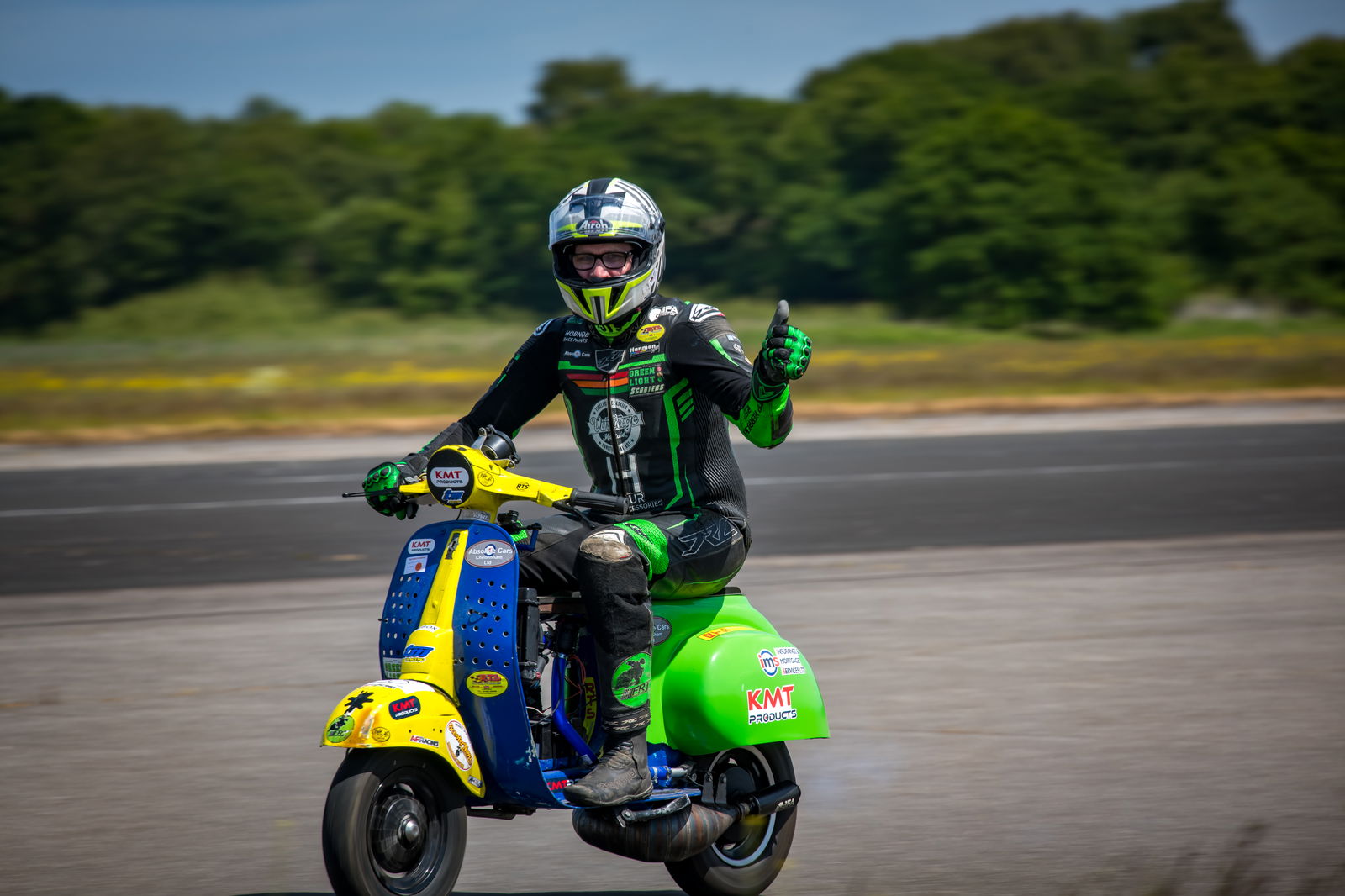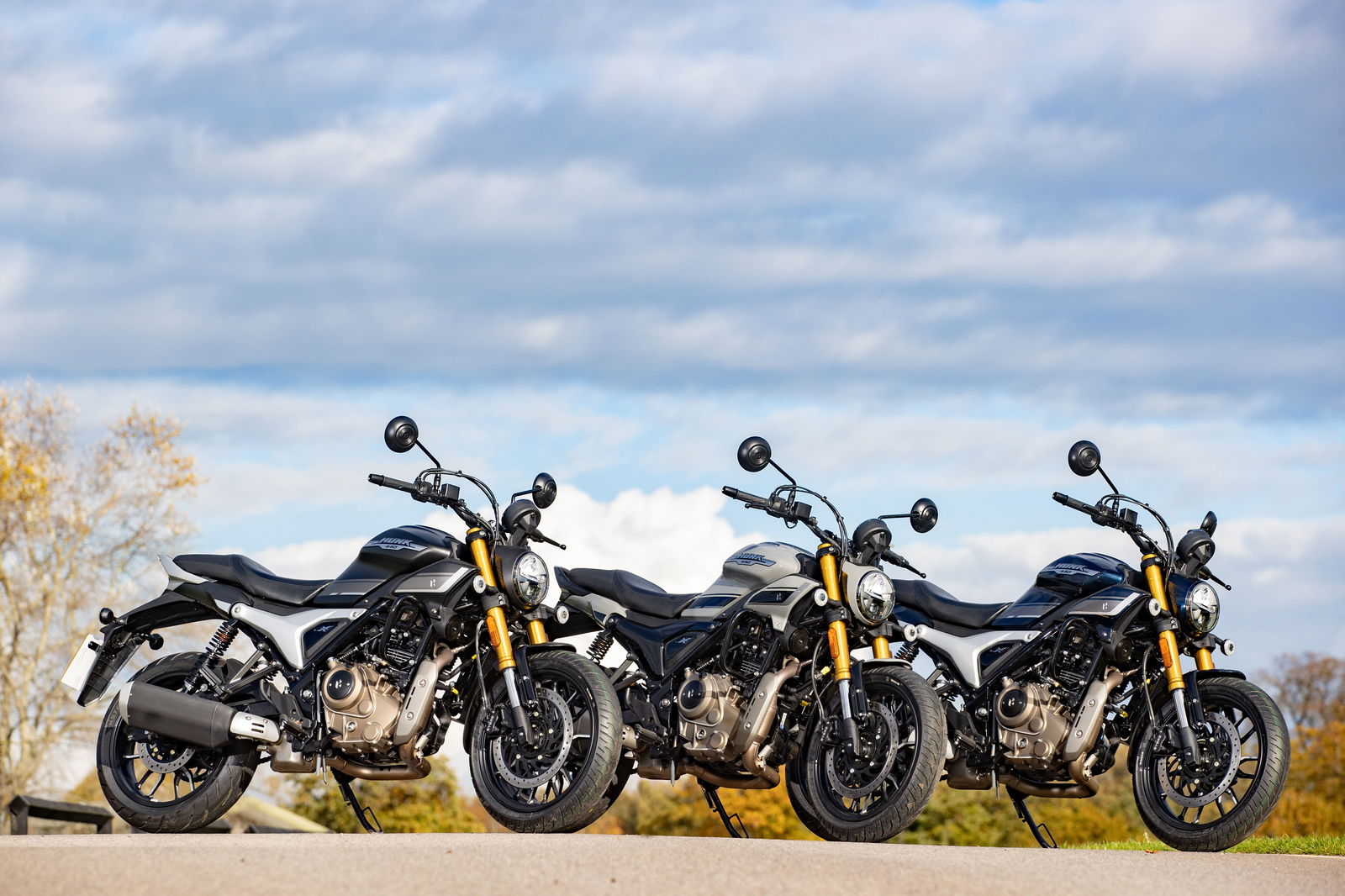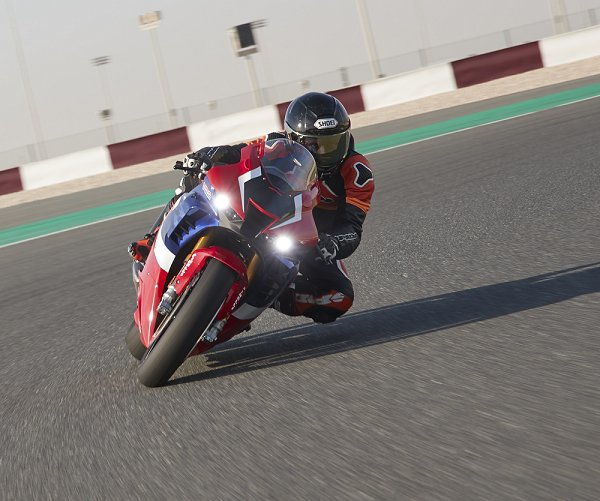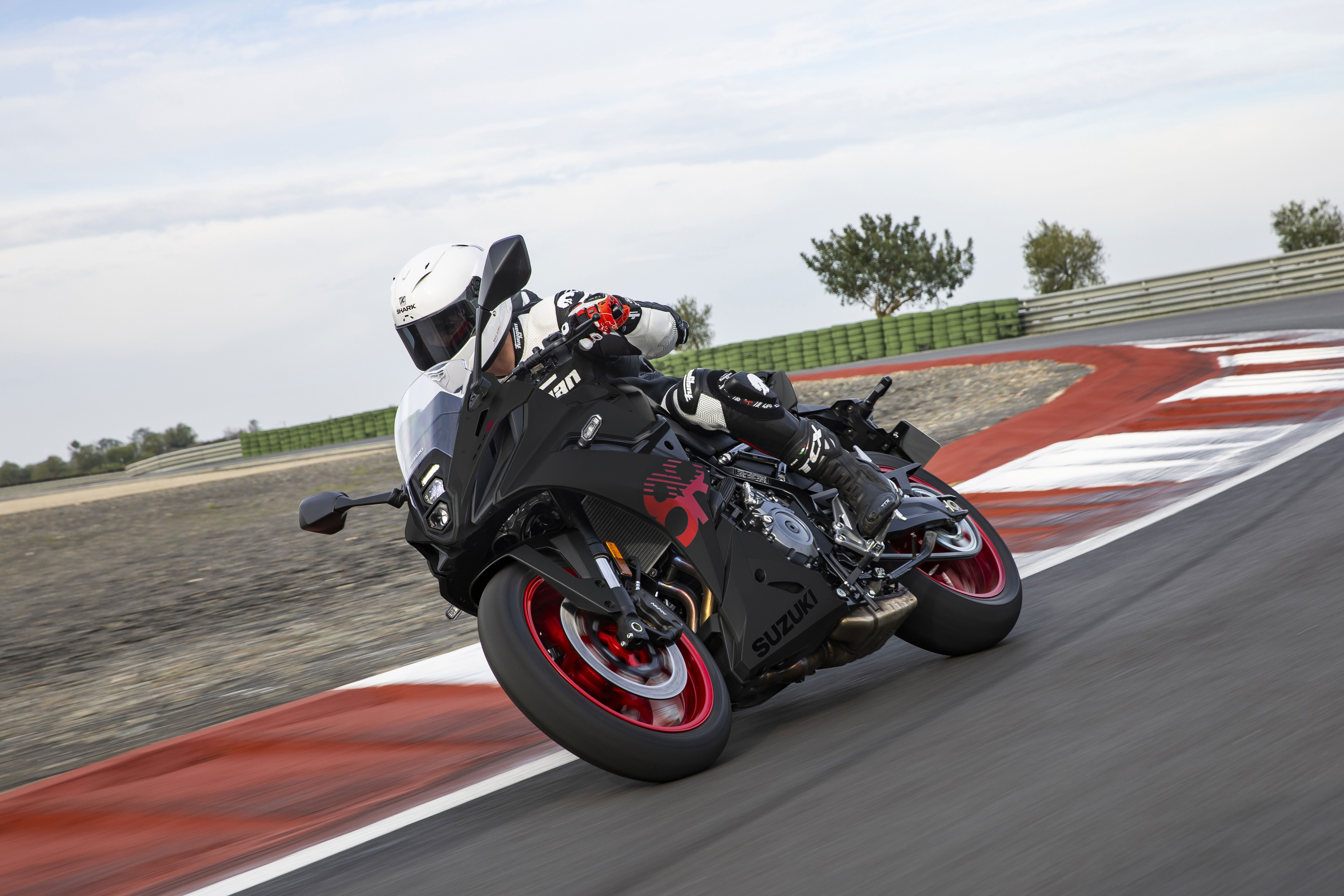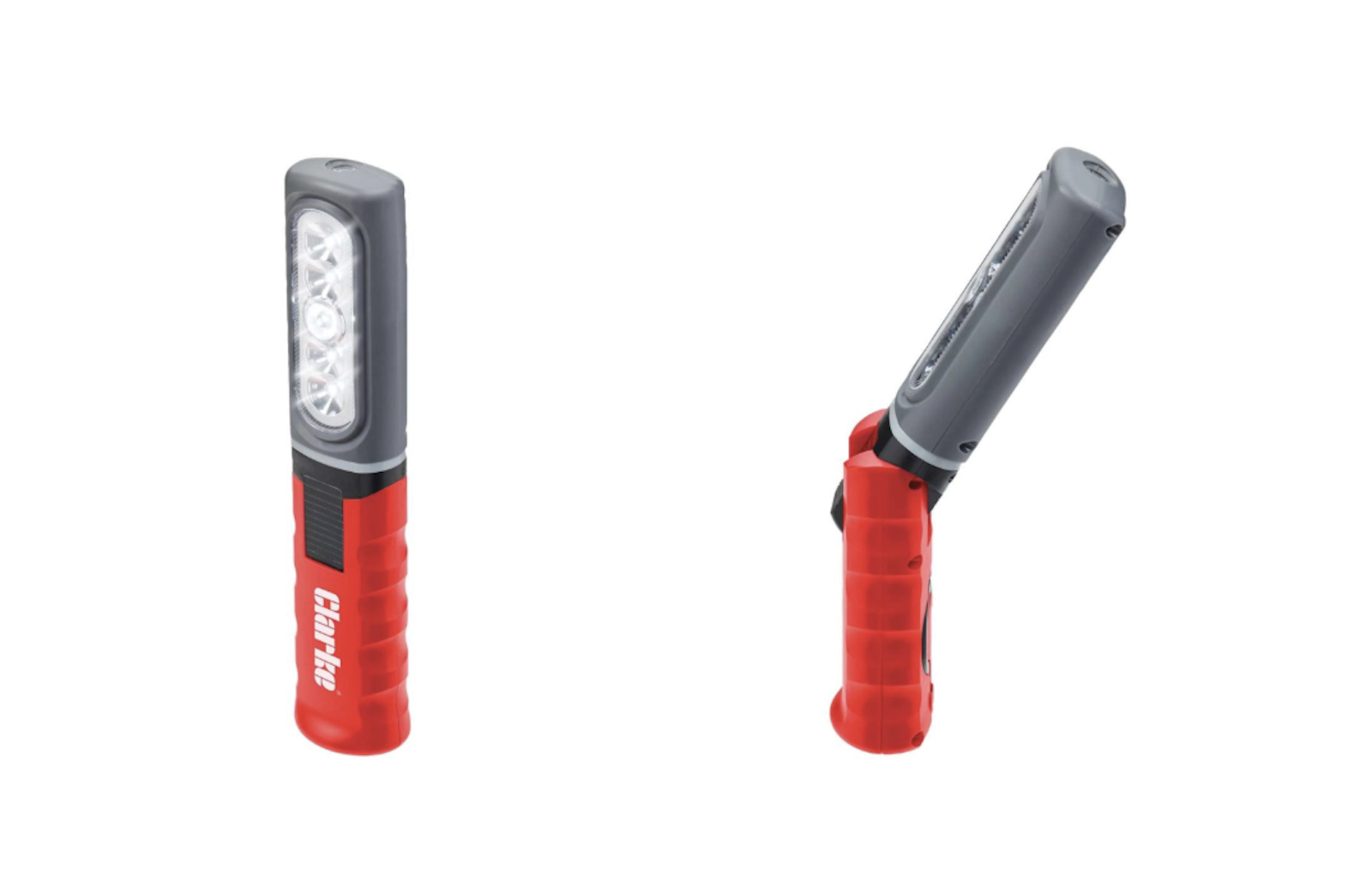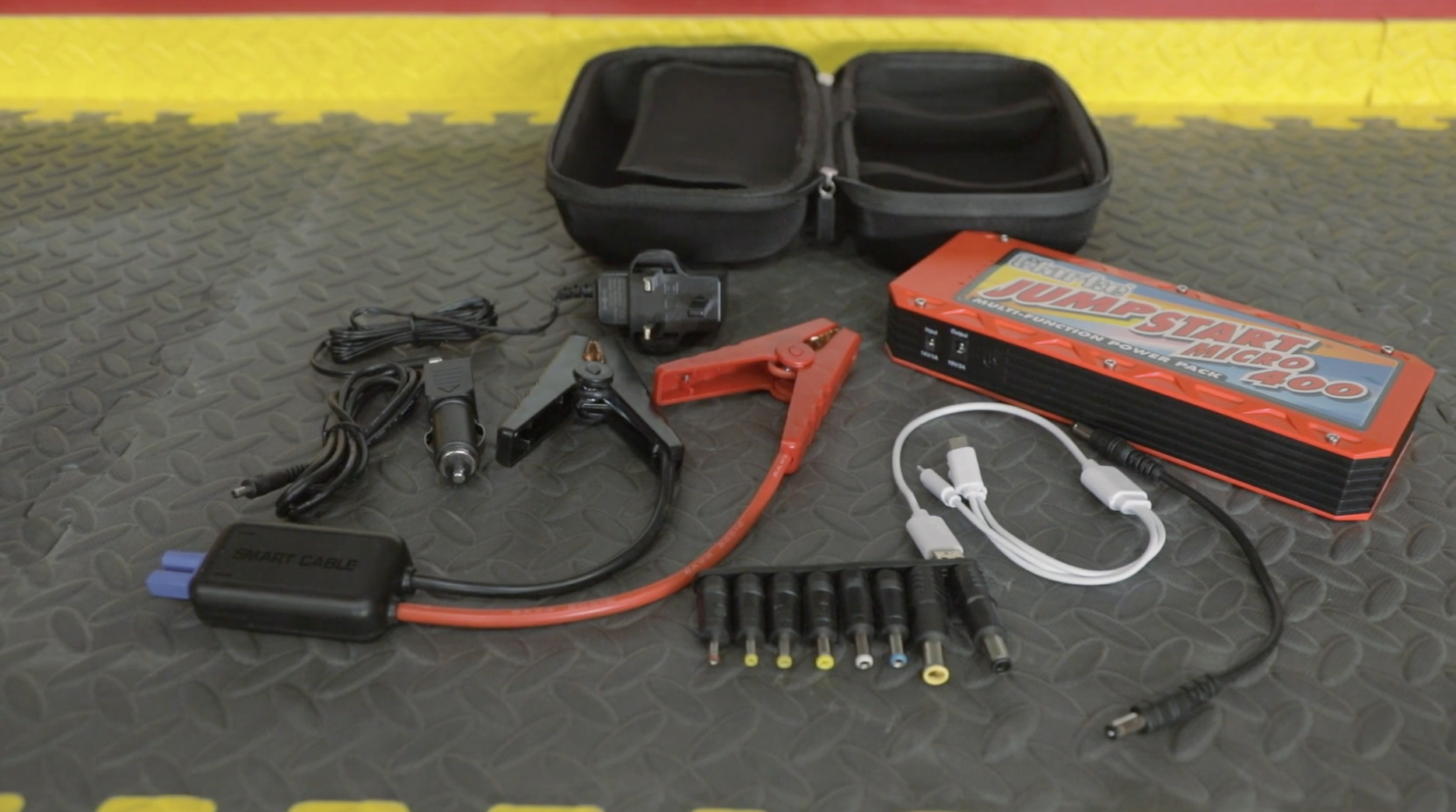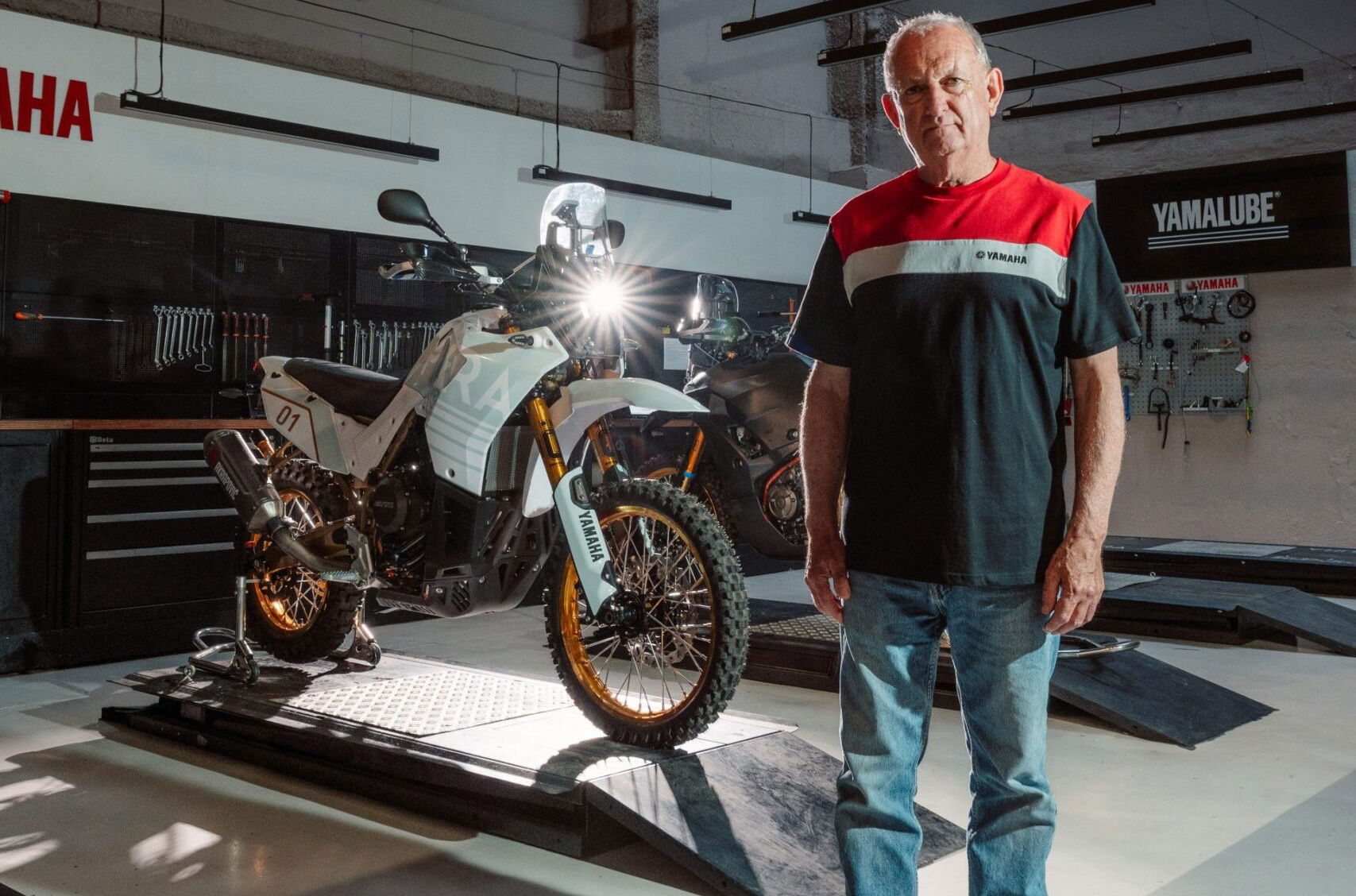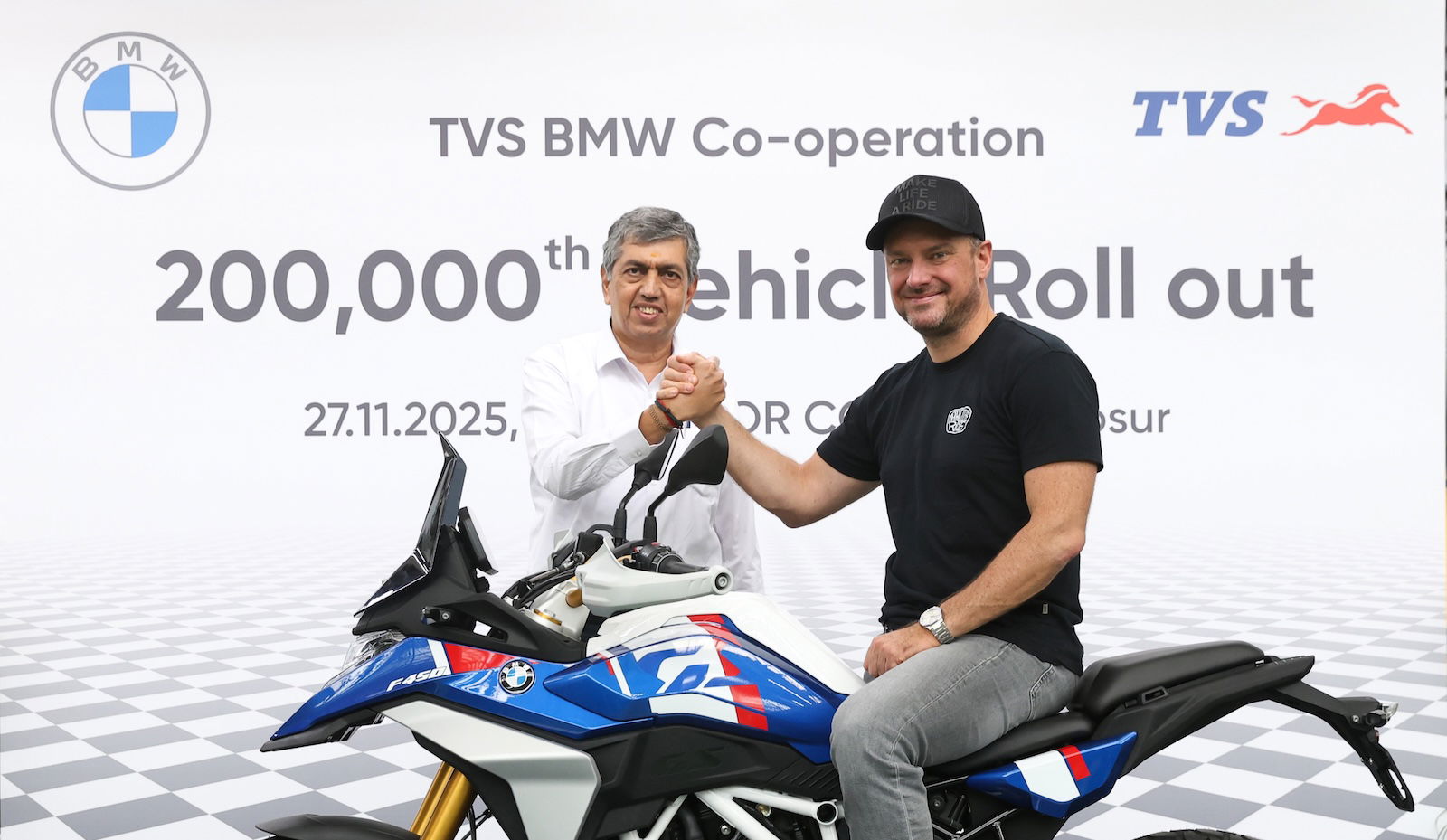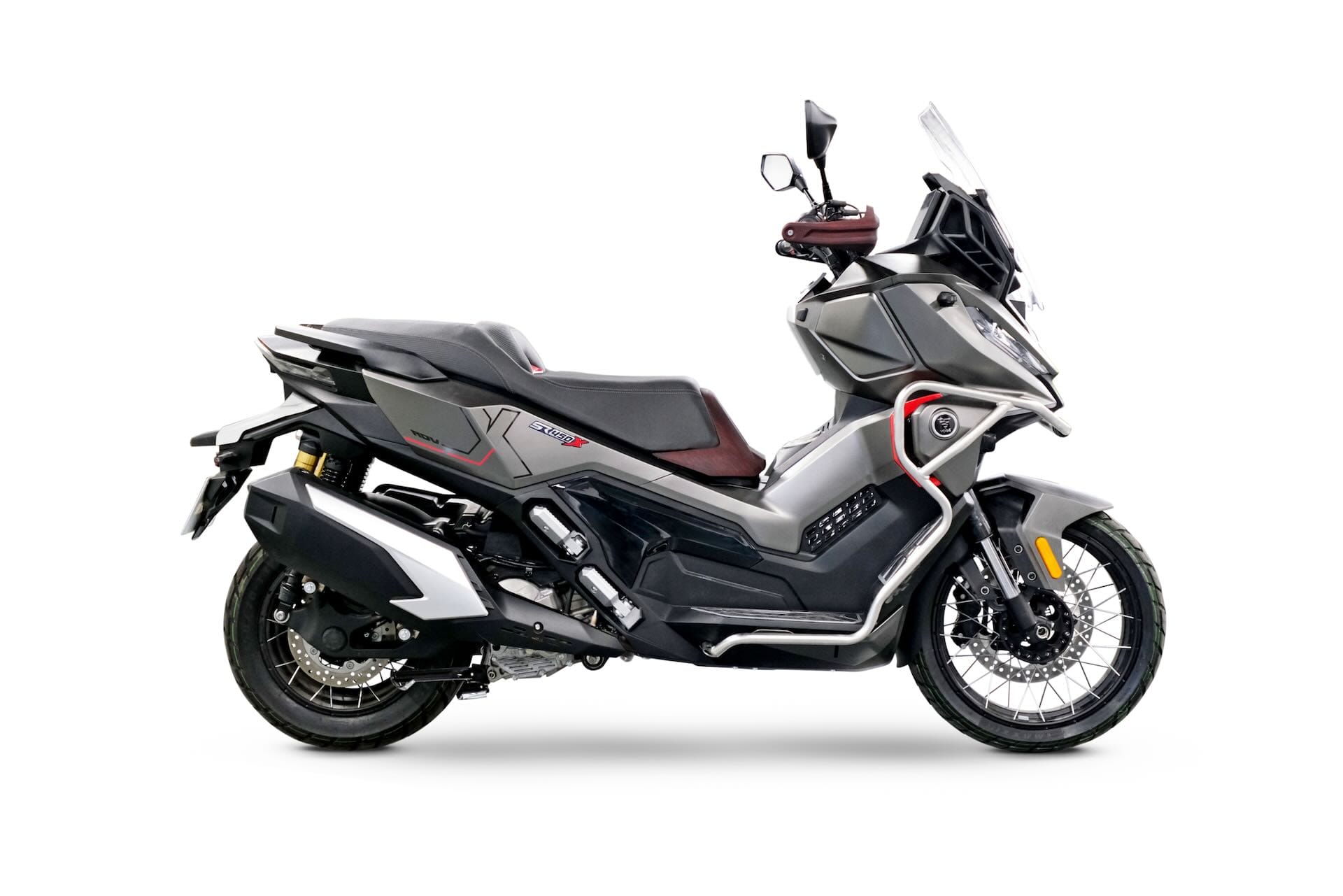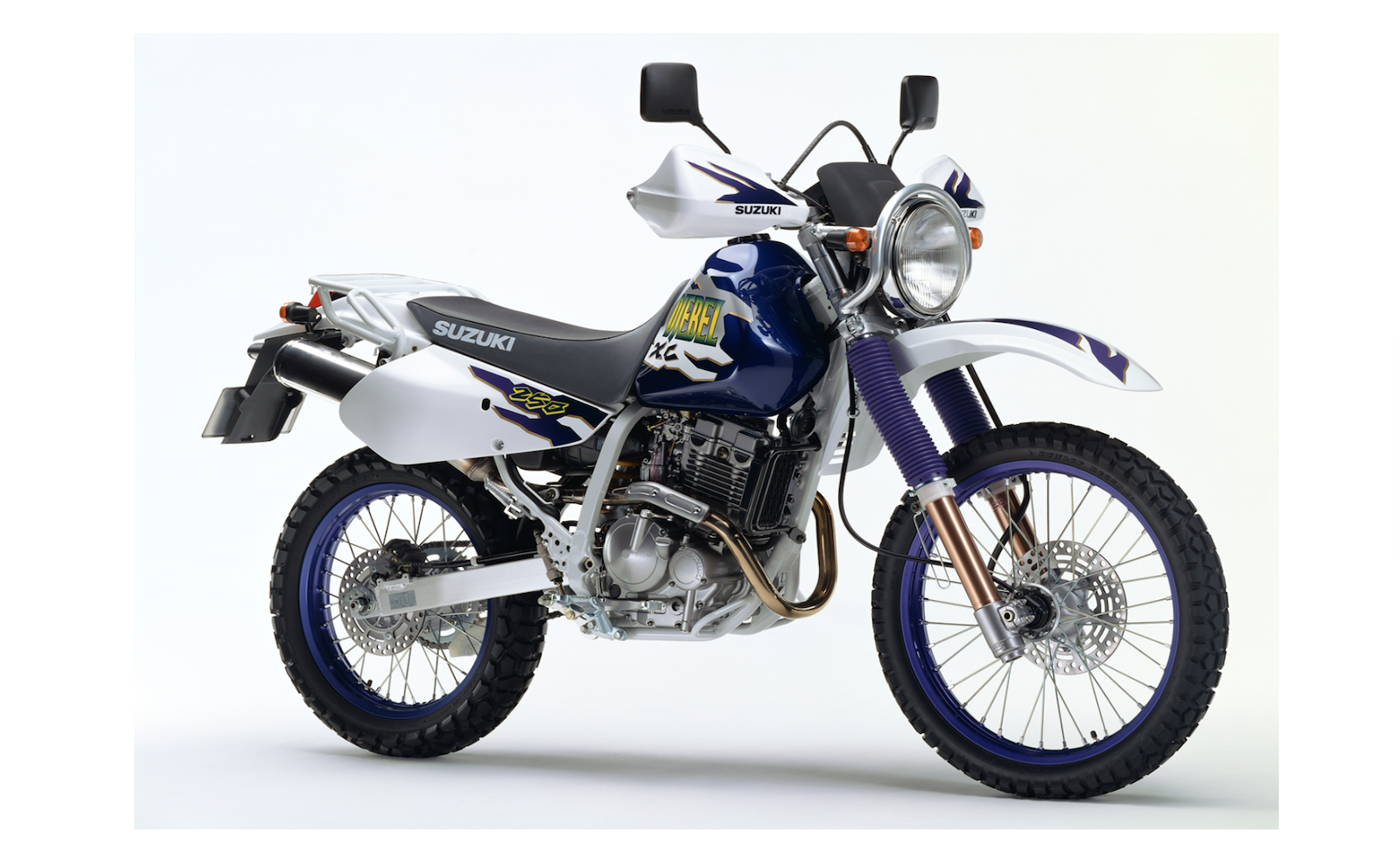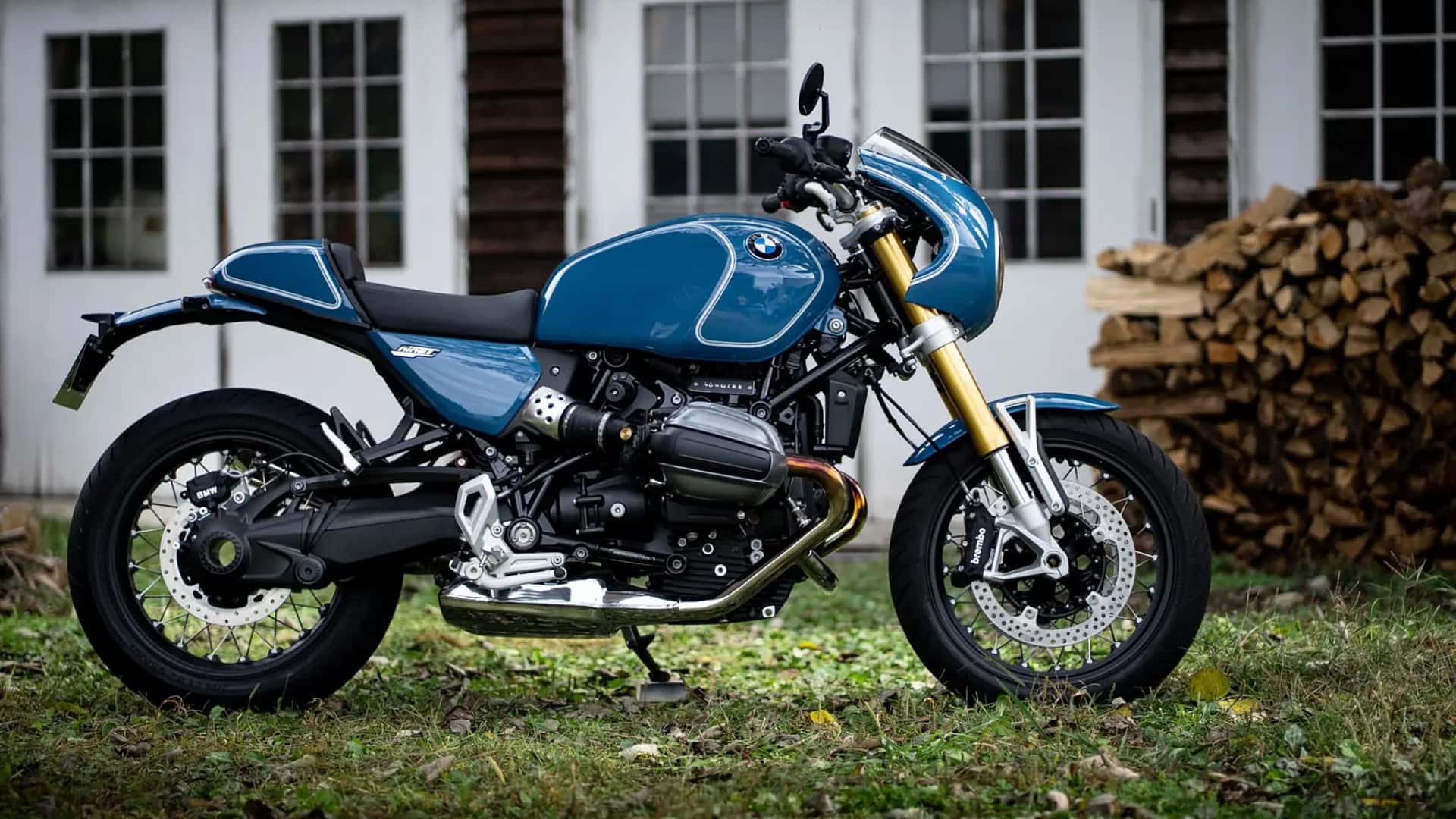Exclusive interview: Royal Enfield’s Electric Himalayan Testbed insights
Royal Enfield’s electric Himalayan Testbed has been big news since it was first revealed. But what exactly is it?
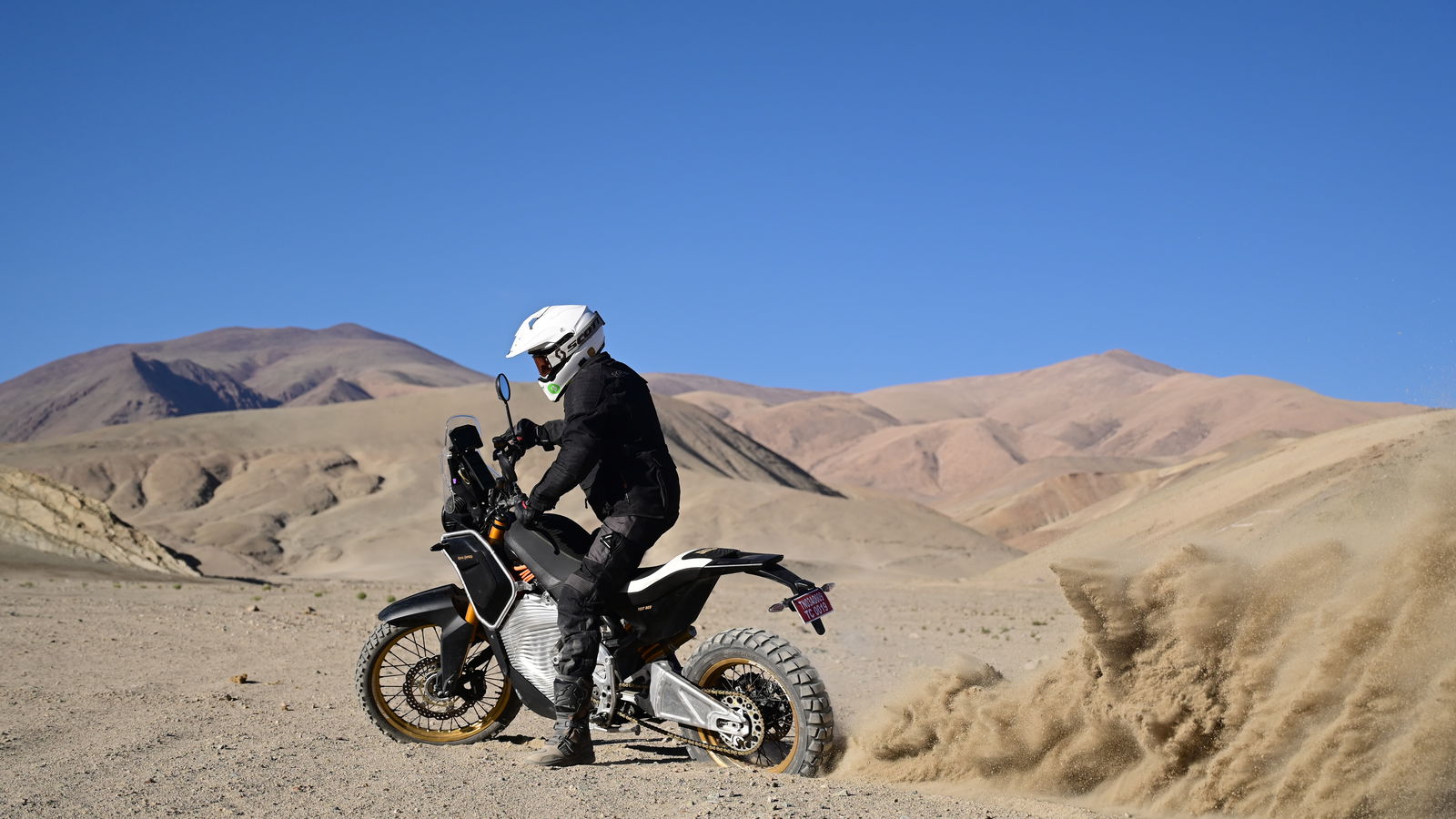
It was EICMA 2023 when we first clapped eyes on an interesting electric version of Royal Enfield’s much-loved Himalayan. Hot on the heels of the Himalayan 450 launch in India, the bike stole the limelight from its petrol-powered sibling, and all eyes, it seemed, were on an all-electric future.
That initial bike was, for all intents and purposes, a pretty rough and ready thing, caked in mud and scraped by rocks. Its Heath Robinson-esque design included commercial-grade electronic systems that were grafted to a battery motor system that wouldn’t look out of place in the movie Short Circuit.
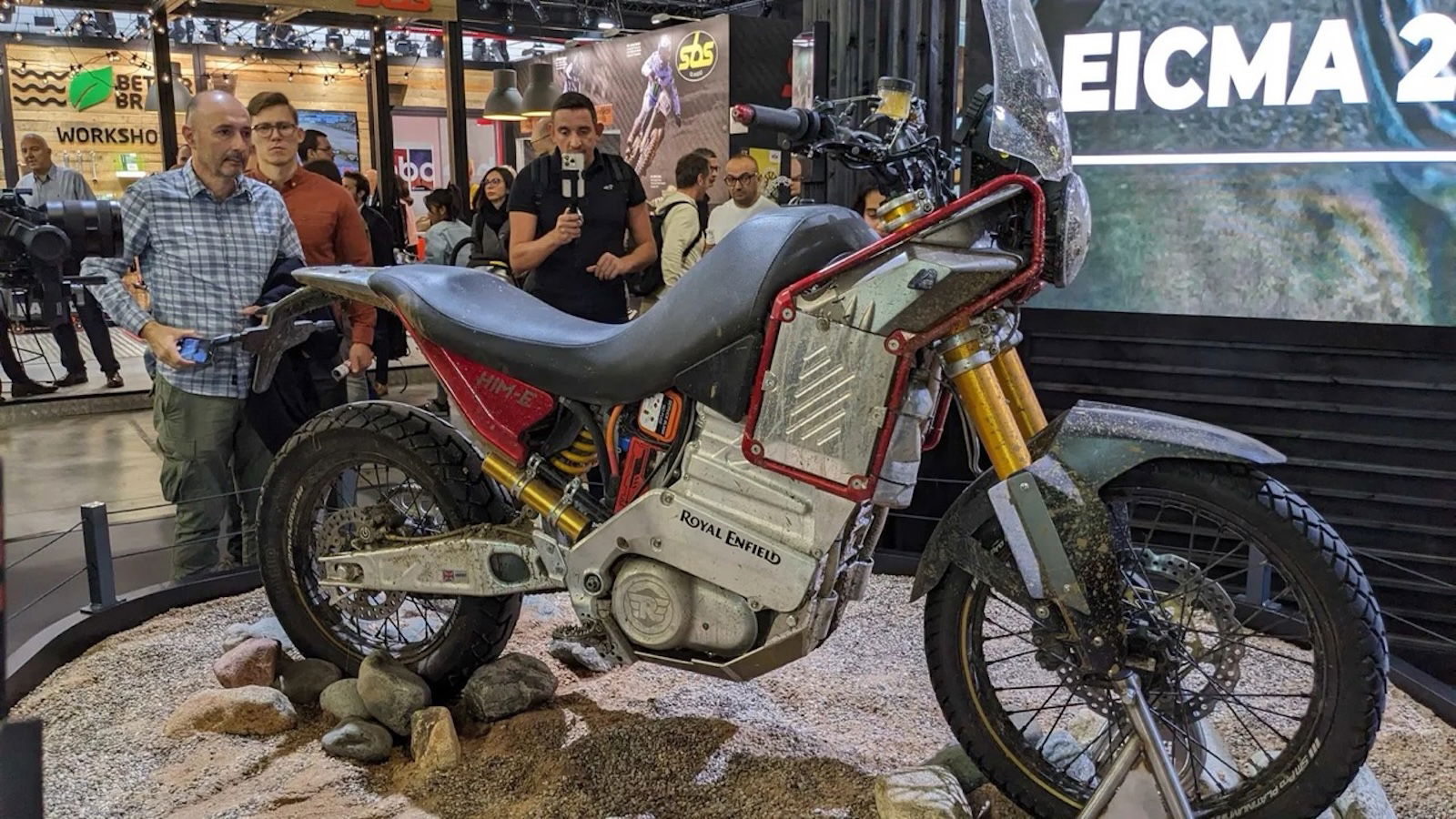
Interesting, yes. Exciting, certainly. Ready for production? No, not by a long stretch.
Fanning the flames of an imminent arrival into the electric adventure segment were the images shared by Royal Enfield earlier this year. They once again showed a bike that was instantly recognisable as an electric Himalayan, although this thing was quite the looker! Gone were the crude-looking electronics, which were all now tucked away beneath CNC-machined casings that wouldn’t look out of place on a Pagani Zonda. The suspension, brakes, wheels and overall design of the bike were absolutely top-notch.
And as it happened, this was no show pony. While the first Himalayan electric bike was seen static at EICMA, seemingly carrying out all its testing and on-road/trail development work behind closed doors, Royal Enfield’s top brass were actively testing the new model, in the Himalayas and in the full glare of the public.
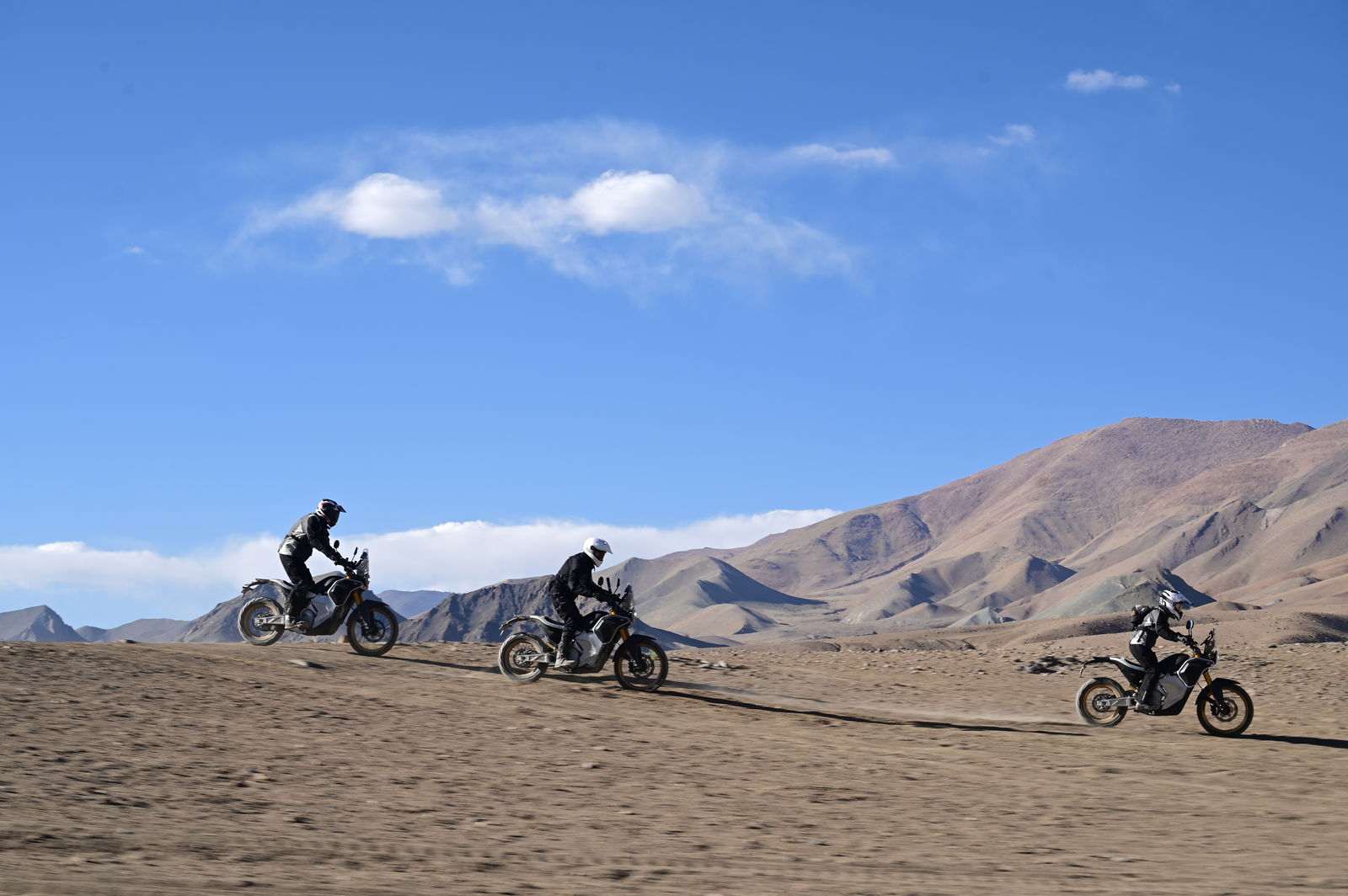
Indeed, they shared numerous images of the bike, testing it out in the harshest of conditions alongside a Himalayan 750 prototype that uses a redesigned engine that is visually similar to the existing 650cc models.
It’s important to note that these new images of bike number two appeared just months after Royal Enfield pulled the wraps off its Flying Flea electric urbanites. So it’s now clear that Royal Enfield is definitely going big on electrification, and seemingly in two very different directions.
Or is it?
What is strange about the whole electric Himalayan story is that, aside from some images posted on the official channels showing the bike being tested, we’ve not heard a whisper from the Indian brand on when it could land, or indeed what its specifications are. If you’ve built a bike like this, then surely you want the world and its dog to know about it?
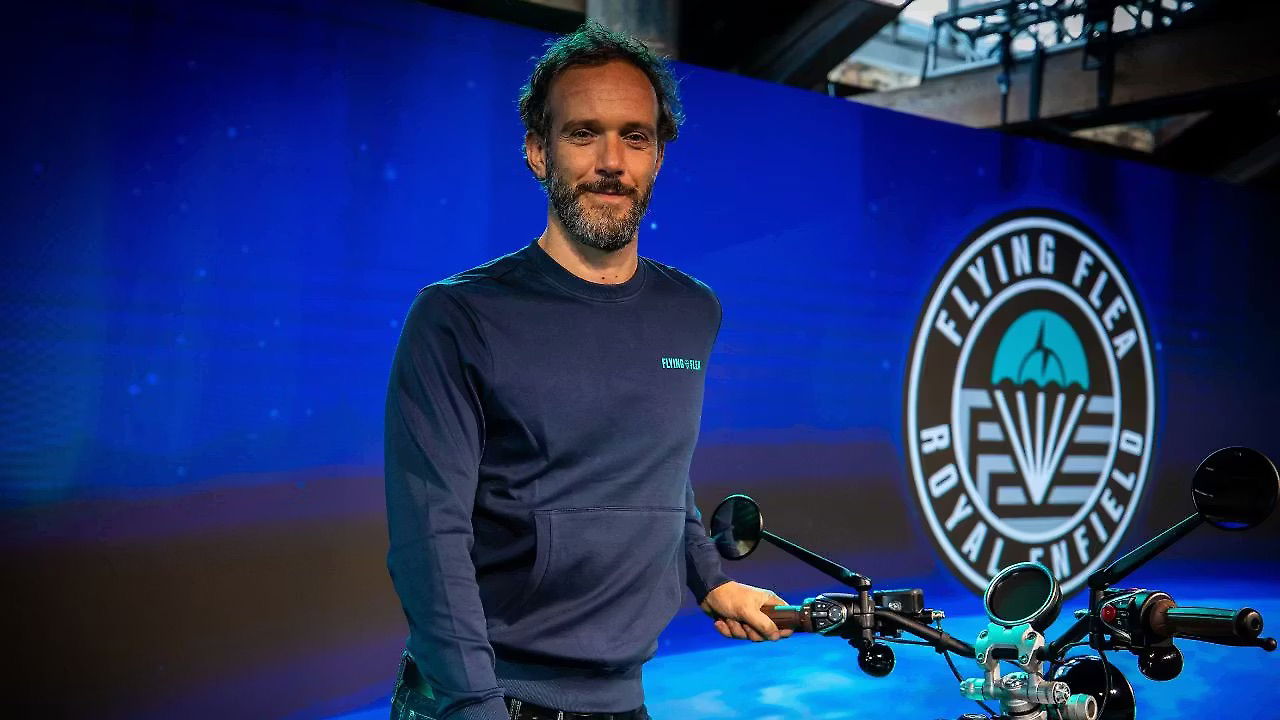
To try and find out what the real story is, I caught up with Mario Alvisi, Chief Growth Officer, Flying Flea and Royal Enfield Electric Vehicles. Mario’s background is in tech and automotive, having worked with brands like Alfa Romeo and Arbarth, although, as he explained, the starting point for this bike was its namesake mountain range.
“So the Himalayas are our [Royal Enfield’s] spiritual home. We have a lot of projects that we are running there. One of those activities is making sure we have a sustainable future for the Himalayas, now that tourism is out of control. So we were experimenting with sustainable exploration and adventure with some charging points in hubs, and then having a bike that can really explore these mountains in a different way.”
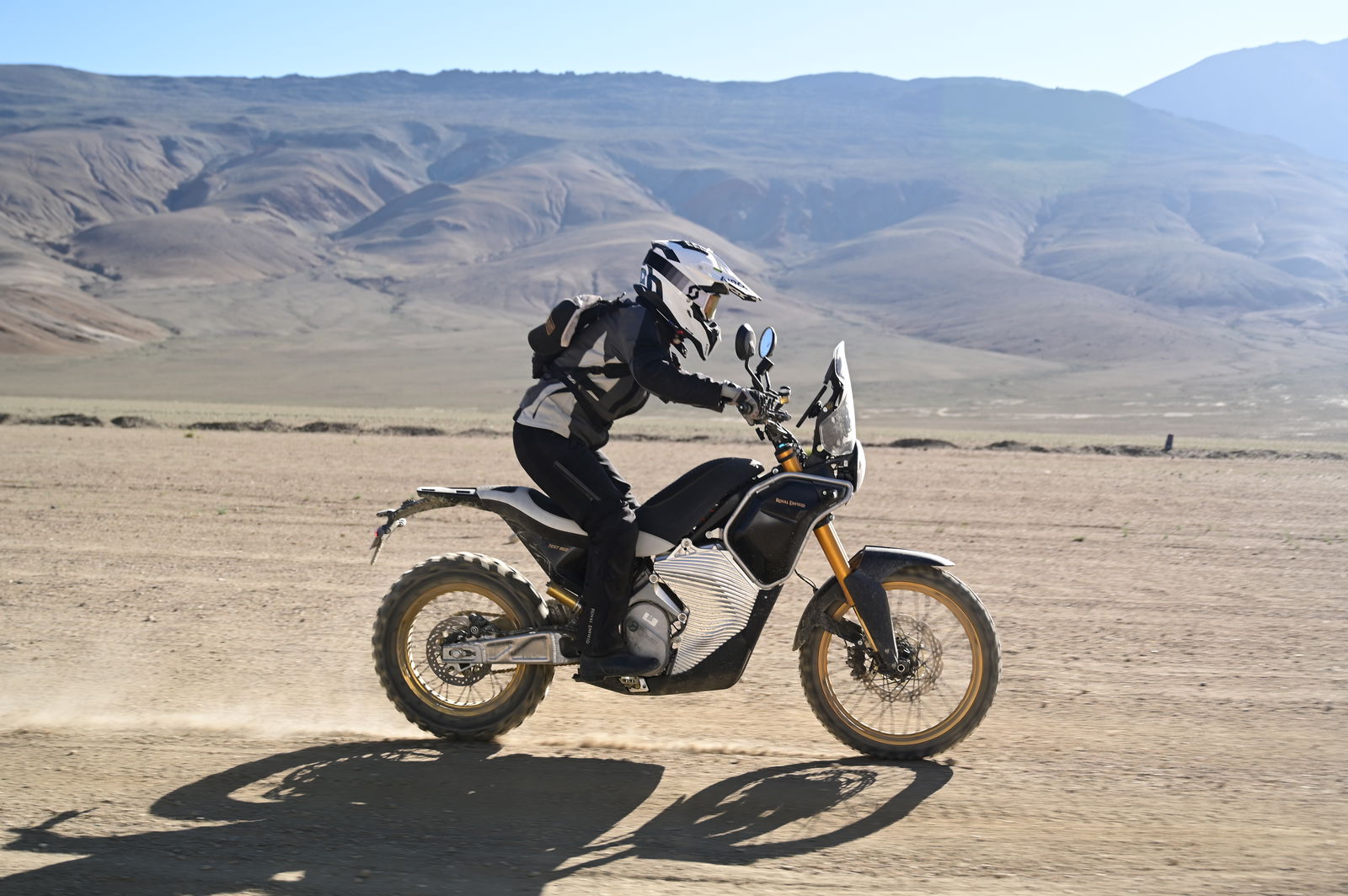
I quizzed Mario on some recently published unofficial pictures of the bike, showing some fairly big hitters from the two-wheeled world testing the bike out in the mountains. Some of those at the event were the ex-MotoGP and World Superbike racer Carlos Checa, along with the President of Alpinestars, Gabriele Mazzarolo.
“It was more like, how can I say, a time to be shared with friends who are also giving you advice about how the bike is going or what they think about this and that. It was not like a proper engineering test, right? It was more like an adventure with something new.”
“Carlos [Checa], for example, is someone who has developed, as you know, MotoGP and superbikes; he was well known for developing bikes very well. So he gave us some suggestions, but the general feedback was that this bike is very, very good.”
So, if a bike is that good, in that it earns the plaudits of Mr Checa, it’s sure to set the floundering electric sector alight when it hits the market, right? LiveWire has its well-documented struggles, while Energica is just showing signs of rebirth following its administration. With the financial backing of Royal Enfield, which seems for years now to have been riding on the crest of a wave, an electric bike from them could be just the tonic to tip the scales in favour of battery power.
Sadly not, and here’s the kicker.
“So, we started the project without having any Commercial interest in mind”, was Mario’s line when first asked about the project and when it could land. Sadly, for those of us excited to one day see the bike adorning Royal Enfield dealers, Mario’s answer when asked about it potentially going on sale was succinct and final. “Simon, we don't have a plan for that.”
So what we are looking at here is Royal Enfield’s polished and visually production-ready test mule, building on the learnings made while building the first generation post-apocalyptic looking test mule. As part of the process of writing this article, Royal Enfield supplied me with an official comment on the project, which can be seen below.
“We have been testing the Electric Himalayan Test Bed for a while now, especially in its natural habitat - the Himalayas. At this stage, this motorcycle is purely a test bed, and there are no plans to bring this motorcycle to production. When the time is right, we will proudly extend the complete experience of electric products to our larger community and media friends.”
So no, it’s not a future model. Royal Enfield’s team of engineers is using the platform to test out future tech, some of which will almost certainly be arriving on the soon-to-be-released Flying Flea models. But why then choose an adventure bike? Surely there are other types of bikes more aligned with the final products the company is looking to produce.
Firstly, Mario heads back to the Himalayas, and as it is the Indian brand's spiritual home, it made sense to build a bike to test in that scenario. But there are also certain unique ecological and meteorological factors you encounter in the world's tallest mountain range that you can’t encounter elsewhere.
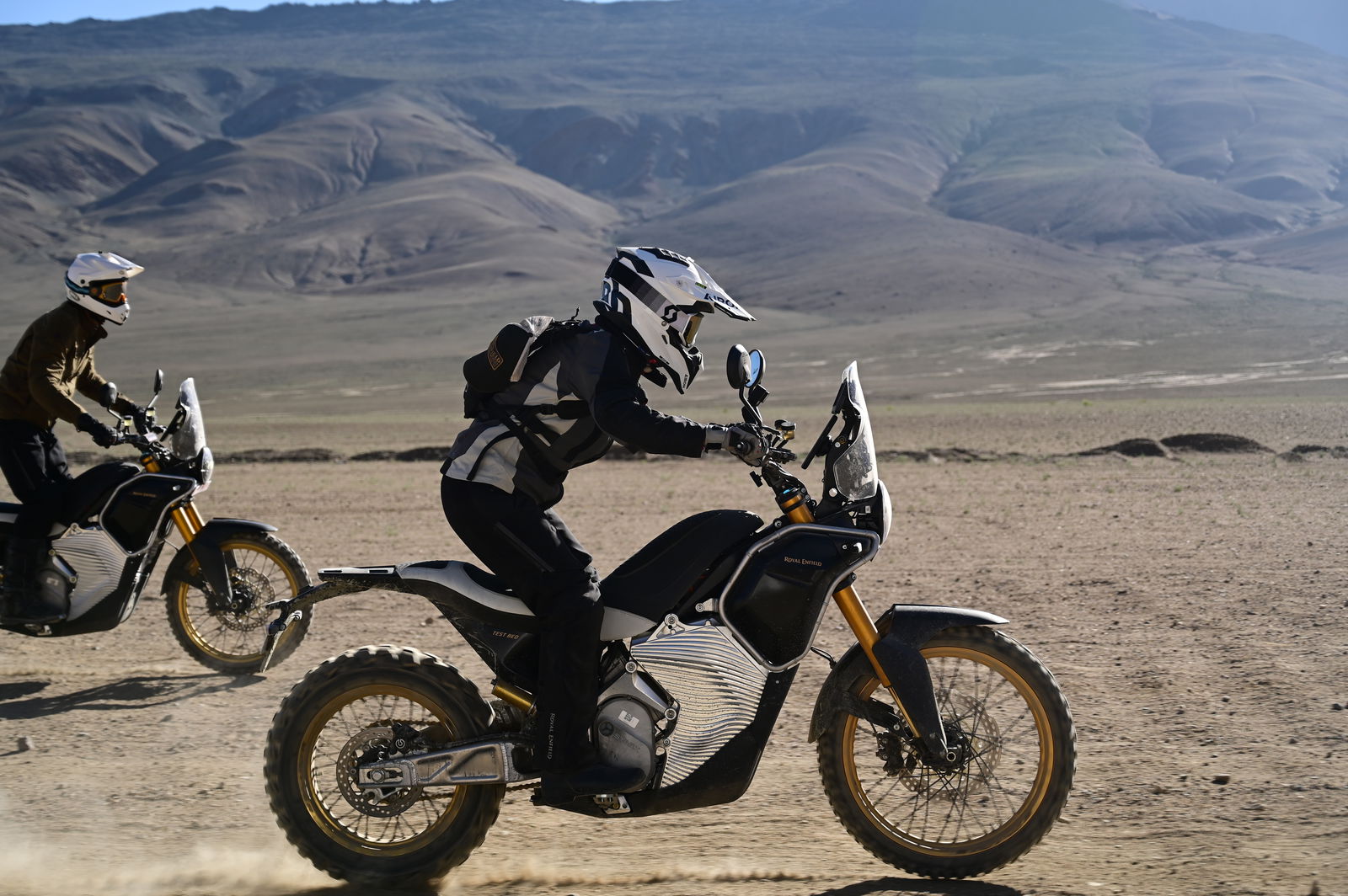
“You put the technology in very extreme situations, because in May you go from snow, and then you climb up, and maybe there is, I don't know, 25 degrees Celsius. Or you cross the mountain, like at Khardung La pass, then you arrive at the desert at 3000 metres. You have mud, dust, and rocks. So many different situations in which you can test the electronics, the traction control, DBS, and non-EBS and how the battery is reacting, when it's very hot or it's very cold. So all the different situations that you can’t find [anywhere else], they cover a variety that is unique.”
I’m slightly sad that we’ll be getting no electric adventure bike from Royal Enfield, not in the immediate future, anyway. Although, with the prototype helping to give birth to the brand’s next generation of battery-powered machines, it is at least going to live on as zeroes and ones in the brains of future models. Models like the Flying Flea bikes we saw last year, perhaps.
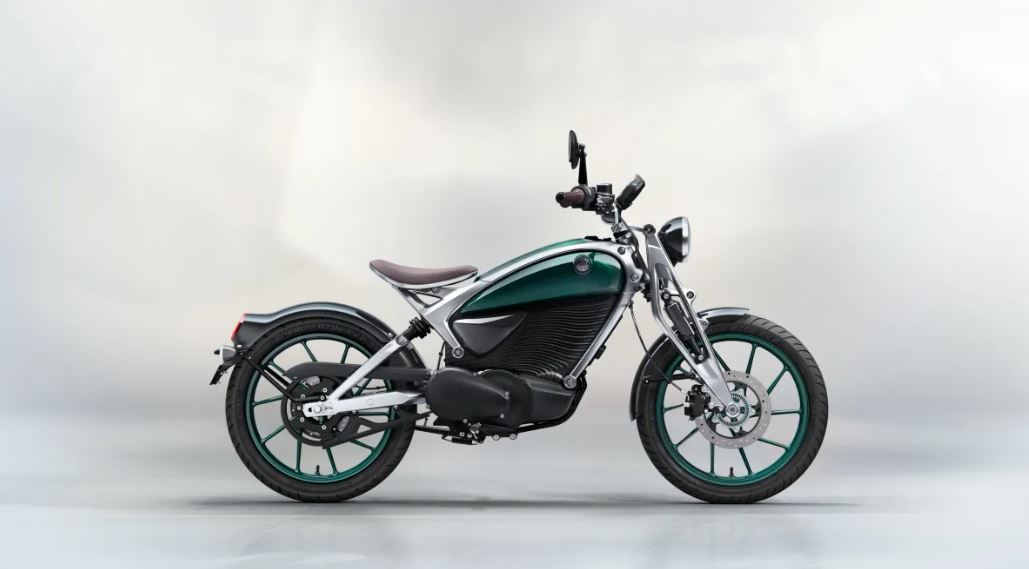
Equally, it’s worth remembering the full history of the aforementioned LiveWire. That bike was effectively ready for production in late 2014, but Harley chose to sit on it for four years because it felt the market wasn’t right. Another way to read that is that H-D couldn’t get the cost down to anything close to acceptable - and even then, when it launched, it wasn’t what you’d call accessible.
Whatever the future holds for Royal Enfield and its Flying Flea brand, it’s clear the team are heavily investing in electric power alongside traditional internal combustion. It’s also just as clear that it’s treading the tightrope between the two fuels very carefully.
Find the latest motorcycle news on Visordown.com
